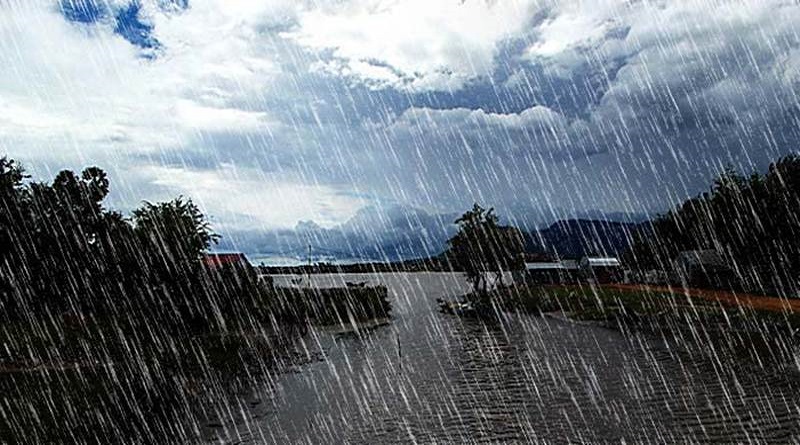. Heavy rains contribute to desert locust crisis in East Africa- FAO
Unusual weather and climate conditions, including widespread and heavy rains since October 2019, have contributed to a serious and widespread Desert locust outbreak, which threatening rural food security across East Africa.
The Food and Agricultural Organization describes it as the worst situation in 25 years.
The Food and Security and Nutrition Working Group, a regional platform, currently co-chaired by FAO and the IGAD Climate Prediction & Applications Centre (ICPAC) urged countries to take immediate action to control the outbreak.
The Desert Locust outbreak is destroying crops and pasture across eastern Ethiopia and neighbouring areas of Somalia, parts of Sudan, Eritrea and northern Kenya with a high risk of further spread in the absence of immediate and significant scale up in control activities.
There is a risk that some swarms could appear in northeast Uganda, southeast South Sudan and southwest Ethiopia. A further increase in locust swarms is likely to continue until about June due to the continuation of favourable ecological conditions for Locust breeding.
WMO and FAO have worked together for many years on the Desert Locust issue.
WMO encourages NMHS in the impacted region to assist with providing data and forecasts to the national Desert Locust Control Units. FAO uses the WMO Global Observing System as input to the Desert Locust Information Unit along with information from other sources.
Forecasts of heavy rain, including forecasts of tropical cyclones making landfall in desert areas, from WMO members provide important information to National Locust Control Centres (NLCC) for their monitoring and control efforts. Heavy rain triggers growth of vegetation in arid areas where Desert Locusts can then develop and reproduce.
Meteorologists from WMO Members have since been involved in national Desert Locust programmes.. FAO is the lead agency in Desert Locust monitoring and control and runs the Desert Locust Information Service (DLIS). In 2016, FAO and WMO jointly produced the “Weather and Desert Locust” publication provides an overview of Desert Locust lifecycle and which weather parameters are needed for
Some recommendations for countries include:
Establishing a national task force during locust emergencies that includes National Locust Control Centres (NLCC) , NMHSs, and plant protection agencies;
Encouraging discussions on formal roles and frameworks;
Establish briefings between NMHSs and NLCCs
Develop mechanisms to ensure close collaboration, not only during locust emergencies, but also during quiet periods;
The Desert Locust is the most dangerous of the nearly one dozen species of locusts. It is normally present in the desert areas across 20 countries between West Africa and India, covering nearly 16 million square kilometers. Green vegetation and moist sandy soils are favored for breeding. A typical desert locust swarm can contain up to 150 million locusts per square kilometer. Swarms migrate with the wind and can cover 100 to 150 kilometers in a day. An average swarm can destroy as much food crops in a day as is sufficient to feed 2,500 people and pasture biomass.




